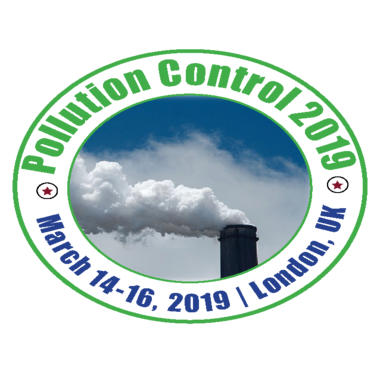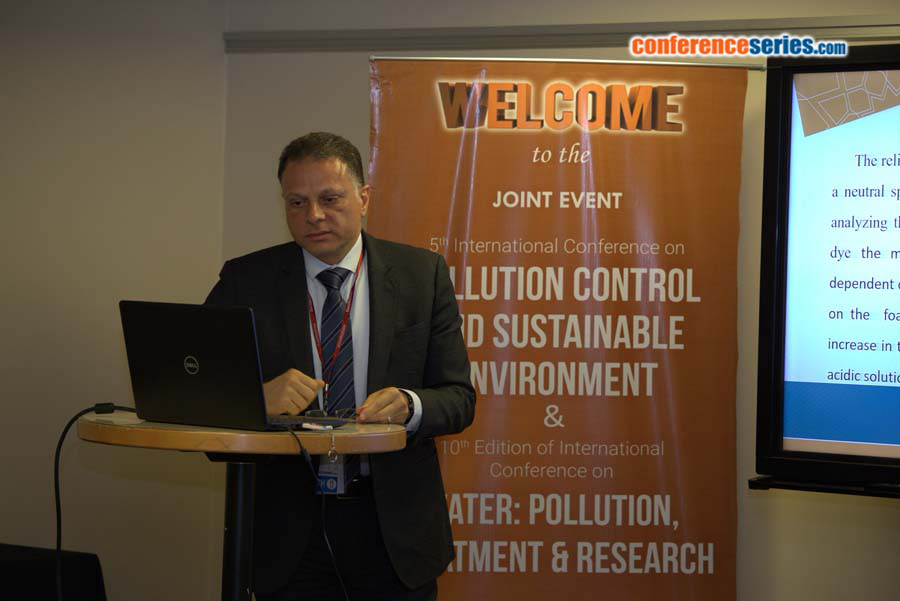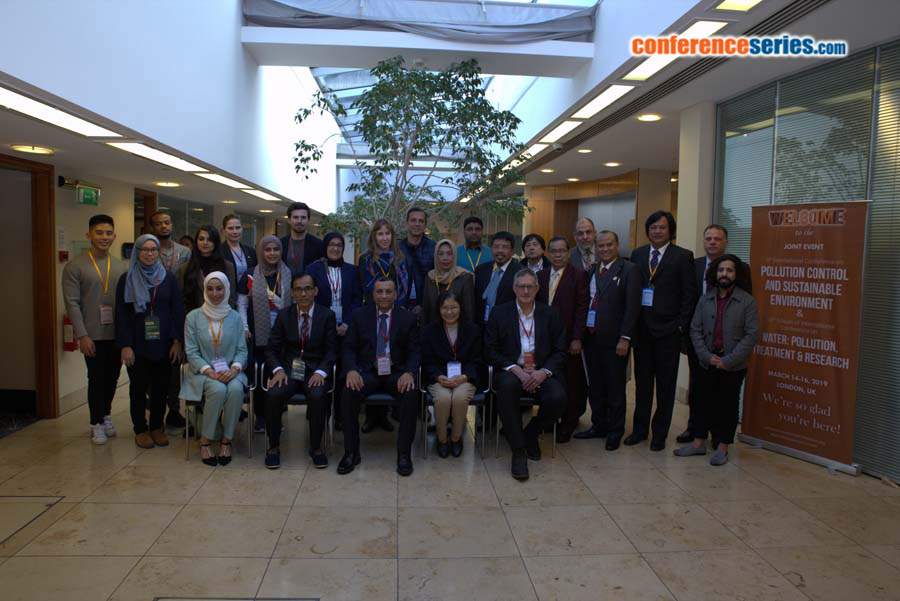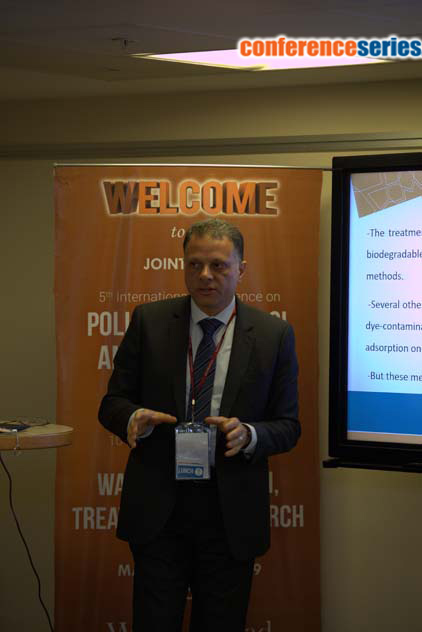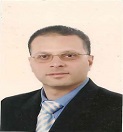
Ahmed Talaat Tawfik
Dhafarah Region Municipality, UAE
Title: Separation and retention of some textile dyes in natural water employing polyurethane foams
Biography
Biography: Ahmed Talaat Tawfik
Abstract
In recent years, the growth of the human population of the world causes not only serious problems of food and resources, but also brings the encroachment of the natural ecosystem. Thus, with a heightened sense and increased awareness of environmental responsibility comes a need for removal or minimizing the organic pollutants in industrial wastes. Industrial wastes in the form of solid, gas and liquid effluents represent one of the most serious problems of environmental pollution and necessitate strict control and appropriate treatment processes. The resilient open cell polyurethane foam represents an efficient separation and preconcentration medium for the investigated textile dyes in diluted aqueous solutions. The kinetics, mechanisms and thermodynamics characteristics of the sorption steps of the dyes onto polyurethane foam are also considered. The proposed methods permit rapid and effective separation of sandolane dye from water samples at relatively high flow rate without loss in column performance. Overall, the results of this study provide a deeper insight into the mechanism of extraction of some textile dyes by polyurethane membrane and show that the PUFs membrane has a considerable potential in commercial applications for removal of some textile dyes from industrial effluents. The applicability of the proposed foam column method for quantitative collection and recovery of sandolane from natural and underground water as a case study was critically investigated. A one liter of tap or underground water sample spiked with sandolane at 1-5 µg/cm3 concentration level was percolated through the foam column at 10 cm3/min flow rate. More or less complete extraction of the tested dye was achieved quantitatively as indicated from the effluent solutions. The retained species were also successfully recovered with 50 cm3 acetone at 5 cm3/min flow rate. The breakthrough curves of sandolane spiked to tap and underground water samples are presented in Fig.1. The results revealed excellent extraction 98% and recovery percentages even if samples contain high content of dissolved solids.
